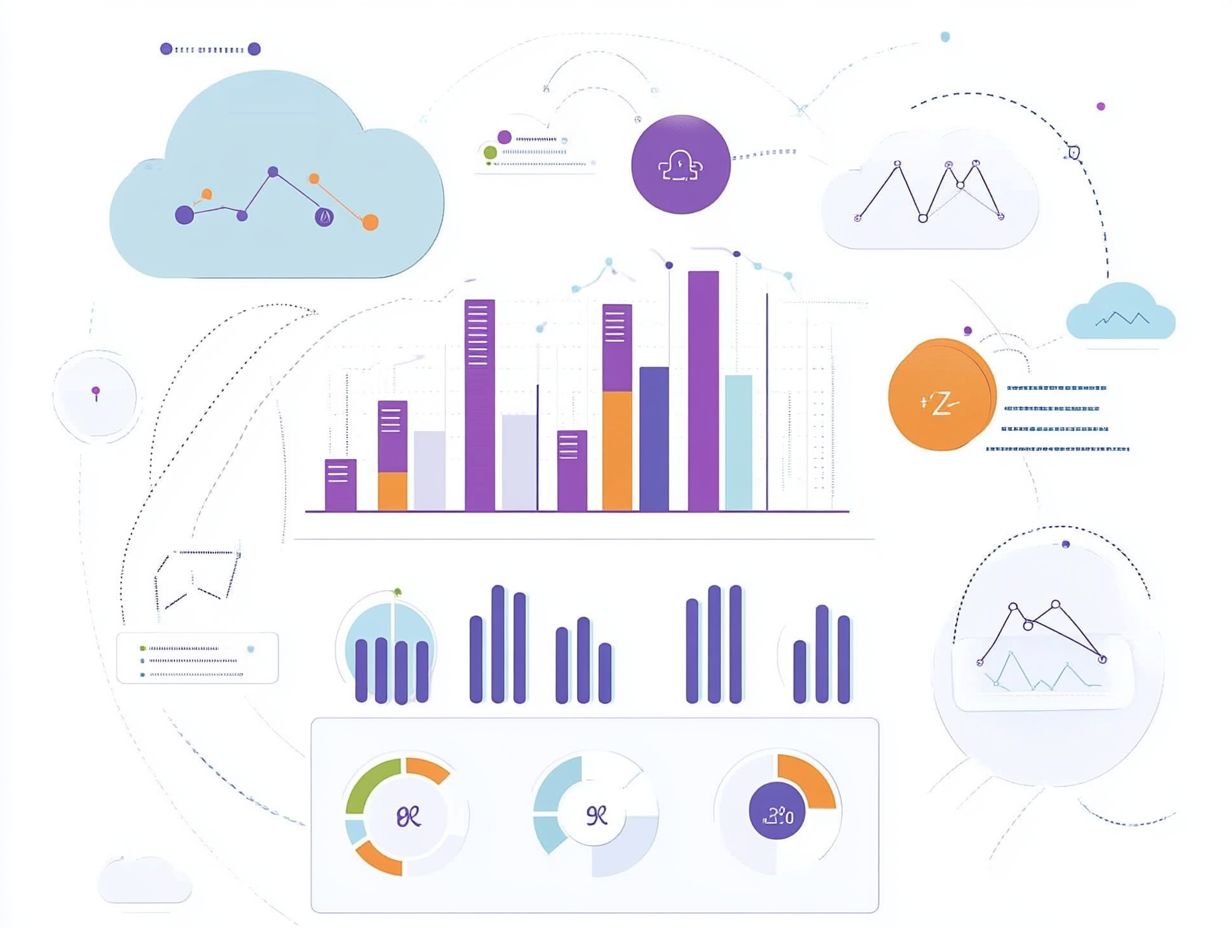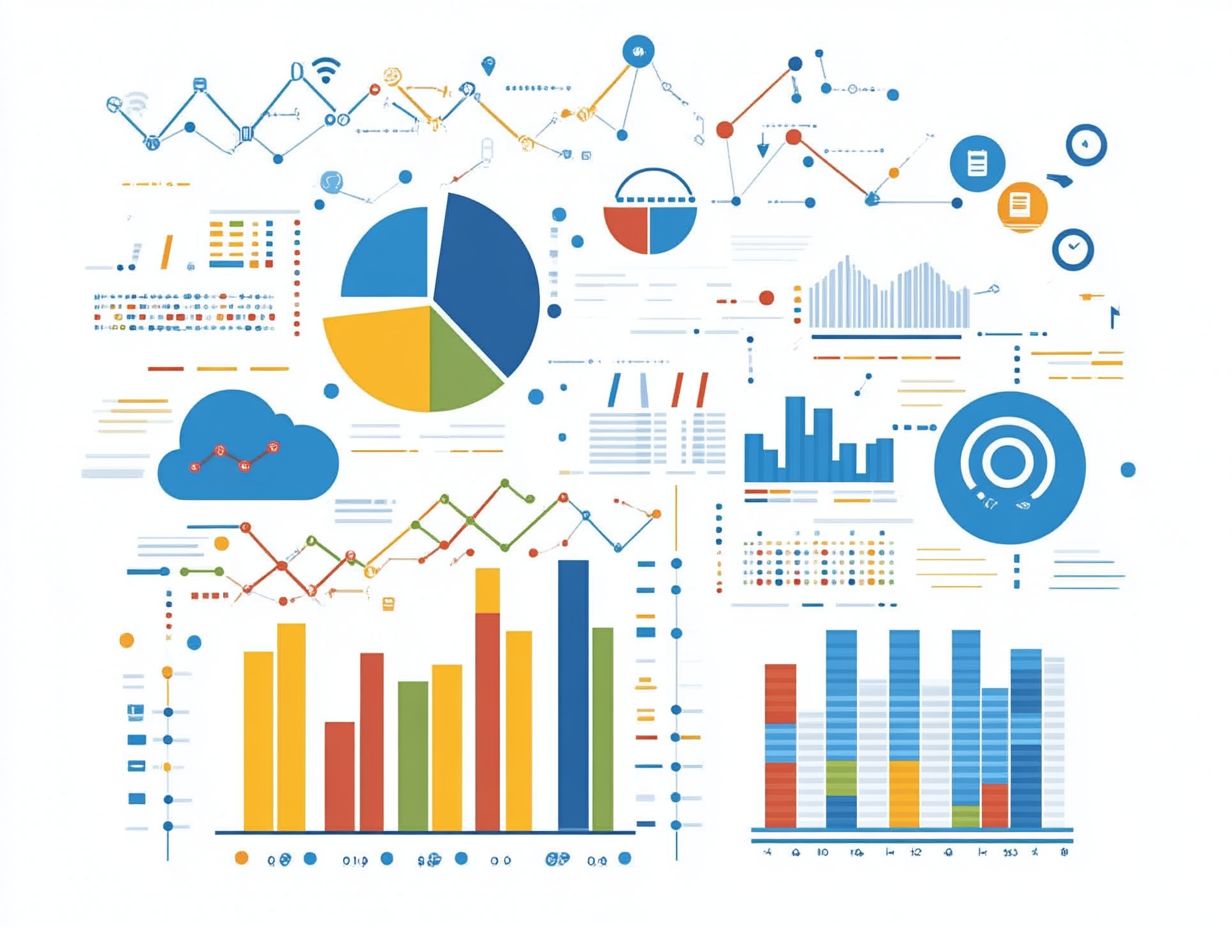Key Metrics to Evaluate PaaS Services
In today’s swiftly changing tech landscape, Platform as a Service (PaaS) has emerged as a transformative solution for developers and businesses. With many options available, choosing the right PaaS service can feel overwhelming.
This article explores the importance of metrics in evaluating PaaS offerings, focusing on performance, reliability, scalability, and security metrics. By understanding these key indicators and best practices, you ll be ready to make a choice that aligns with your unique requirements.
Contents
- Key Takeaways:
- What is PaaS?
- Why Metrics are Important for PaaS Evaluation
- Key Metrics for Evaluating PaaS Services
- How to Use Metrics for PaaS Evaluation
- Frequently Asked Questions
- What are key metrics to evaluate PaaS services?
- Why is uptime an important metric for evaluating PaaS services?
- How does scalability factor into the evaluation of PaaS services?
- Why is security a crucial metric for PaaS services?
- How does user experience affect the evaluation of PaaS services?
- What role does pricing play in the evaluation of PaaS services?
- Why is customer support an important metric for evaluating PaaS services?
Key Takeaways:

PaaS metrics are essential for assessing performance, reliability, scalability, and security. Analyzing these key metrics helps businesses choose the most suitable PaaS service. To ensure you select the right platform, consider the PaaS features: what to look for and follow best practices to evaluate your PaaS services accurately!
What is PaaS?
Platform as a Service (PaaS) is a cloud service that lets you build and manage apps easily without worrying about the underlying technology. By using PaaS, you can focus on what truly matters: developing applications.
This model is especially useful for navigating the dynamic Cloud Service Industry and Software as a Service (SaaS) environments. It enables you to innovate and respond to market demands with agility and ease.
Why Metrics are Important for PaaS Evaluation
Metrics are crucial for evaluating PaaS services, providing insights into performance, user satisfaction, and overall service quality. This information allows IT professionals and CTOs to make informed decisions.
By tracking important numbers that show how well something is working, you can assess system performance and resource utilization, ensuring the platform aligns with your business objectives.
Benefits of Using Metrics
Using metrics can enhance user engagement and improve cost management. This approach helps optimize your cloud services effectively.
By leveraging performance metrics, you can identify areas for improvement and streamline operations, aligning platforms with user needs. Employing analytics tools lets you understand user behavior, creating a better experience.
This not only boosts user retention but also attracts new users through positive word-of-mouth. When you track resource consumption accurately, forecasting expenses becomes easier, improving financial planning and budget adherence.
Ultimately, this enhances overall satisfaction while keeping unnecessary costs at bay.
Key Metrics for Evaluating PaaS Services

When evaluating PaaS services, focus on key metrics like performance, reliability, security, and service availability. Additionally, understanding the key metrics to monitor in hybrid cloud can further enhance user satisfaction and overall system effectiveness.
As an IT professional or CTO, identifying the right KPIs to monitor is vital to ensure the platform meets your technical requirements and business goals.
Start evaluating your PaaS options today to find the perfect fit for your business!
Performance Metrics
Performance metrics are essential for assessing the efficiency and responsiveness of your Platform as a Service (PaaS) applications. Key indicators, such as mean time to repair and server-side response time, provide valuable insights. Keep a close eye on these metrics to quickly spot software bugs and ensure your users enjoy a seamless experience!
These metrics aren’t just benchmarks for system performance; they are crucial tools for enhancing user satisfaction and overall service quality. For example, reducing the mean time to repair can significantly enhance incident response, preventing minor issues from spiraling into major disruptions.
Staying focused on server-side response time can lead to faster load times, which are vital for retaining user engagement. By evaluating user-side response time, you can refine your applications, making them more intuitive and user-friendly.
Ultimately, a comprehensive understanding of these indicators enables you to adopt a proactive approach to application management, resulting in improved user experiences and greater customer loyalty.
Reliability Metrics
Reliability metrics play a vital role in assessing the stability and resilience of PaaS offerings. You should focus on key indicators like system availability and mean time between failures.
These metrics help evaluate the reliability of the platform and its ability to maintain service continuity even during disruptions. By examining these indicators, you can pinpoint vulnerabilities and potential bottlenecks that could impact application performance.
High system availability rates mean users can access services with minimal downtime, fostering trust and satisfaction. Understanding the mean time between failures gives valuable insights into how frequently interruptions might occur, enabling your team to tackle issues proactively.
Robust disaster recovery capabilities provide reassurance that, should a failure occur, data and services can be restored swiftly. All these factors enhance your PaaS selection process, ultimately bolstering business continuity and instilling confidence in your customers.
Scalability Metrics
Scalability metrics are crucial for determining a PaaS platform’s ability to adapt to changing demands. Key indicators like resource utilization and lead time are essential in this evaluation.
Thoroughly assessing these metrics ensures that your PaaS solutions grow in tandem with your business needs and user expectations. These metrics offer valuable insights into how effectively you allocate and manage resources, enabling you to maximize operational efficiency.
By continuously monitoring resource utilization, you can pinpoint bottlenecks and make necessary adjustments. Measuring lead time allows you to innovate more rapidly, ultimately sharpening your competitive edge.
In today s fast-paced tech landscape, robust scalability metrics enable you to pivot swiftly, ensuring that you meet both current and future demands without incurring excessive costs or delays.
Security Metrics

Security metrics are crucial for assessing the safety and integrity of PaaS platforms, honing in on cybersecurity KPIs and patch application effectiveness.
By closely monitoring these security metrics, you can significantly enhance your defenses against vulnerabilities and ensure compliance with regulations like GDPR. These metrics act as a barometer for evaluating the effectiveness of your current security measures, enabling you to proactively identify potential weaknesses before they can be exploited.
Key indicators to keep an eye on include:
- Average time to detect incidents
- How often unauthorized access attempts occur
- Success rate of security awareness training among employees
Such data not only allows you to gauge your overall security posture but also provides valuable insights into user behavior. Your insights into user behavior can transform your security measures!
How to Use Metrics for PaaS Evaluation
To effectively utilize metrics for PaaS evaluation, you should adopt best practices that emphasize careful tracking and detailed analysis of your system. Understanding user actions while keeping a sharp eye on cost management is also essential.
This strategic method enables you to extract actionable insights from your data, enabling your organization to make informed decisions.
Best Practices and Considerations
Adopting best practices for metrics tracking is essential for an effective PaaS evaluation. Focus on understanding user behavior, aligning with Key Performance Indicators (KPIs), and selecting the right support methods.
By following these practices, you can ensure that you derive meaningful insights from your metrics and enhance overall service quality.
To analyze user behavior effectively, implement tracking tools that deliver real-time data analytics. Identifying usage patterns allows you to tailor your services and enhance the user experience.
Aligning your metrics with technical KPIs ensures that performance benchmarks are consistently met. This alignment allows you to make timely adjustments and improvements. Integrating both user feedback and numerical data provides you with a comprehensive view of the platform s performance.
This approach drives efficiency and fosters innovation, ultimately leading to improved customer satisfaction and retention in a competitive market.
Frequently Asked Questions
What are key metrics to evaluate PaaS services?

Key metrics for evaluating PaaS services include uptime, scalability, security, user experience, pricing, and performance metrics of leading cloud providers.
Why is uptime an important metric for evaluating PaaS services?
Uptime measures how often the platform is available. A high uptime percentage indicates reliable service with minimal downtime.
How does scalability factor into the evaluation of PaaS services?
Scalability measures the ability of a PaaS service to handle a growing workload. A scalable service can manage increased user traffic and data without significant performance or cost impact.
Why is security a crucial metric for PaaS services?
Security determines the level of protection for sensitive data and applications on the platform. A secure PaaS service has robust measures to prevent unauthorized access and breaches.
How does user experience affect the evaluation of PaaS services?
User experience measures the ease of use and overall satisfaction with the platform. A good PaaS service should have a user-friendly interface and provide a smooth experience.
What role does pricing play in the evaluation of PaaS services?
Pricing affects the cost of using the platform. It s important to consider the pricing structure, any hidden fees, and if the cost is reasonable for the offered features and services.
Why is customer support an important metric for evaluating PaaS services?
Customer support determines the level of assistance available to users. A reliable PaaS service should have responsive customer support to address any issues or concerns promptly.






